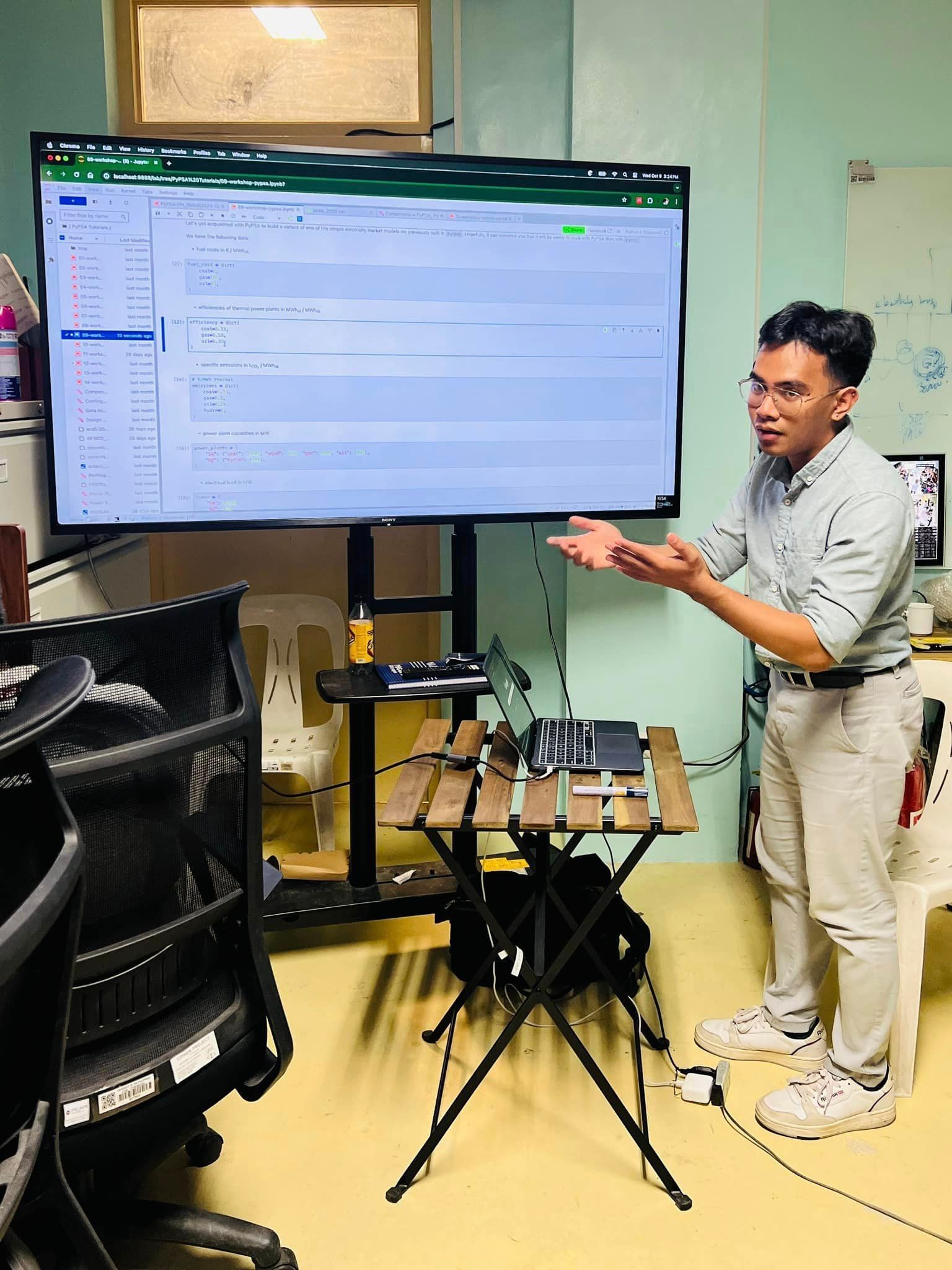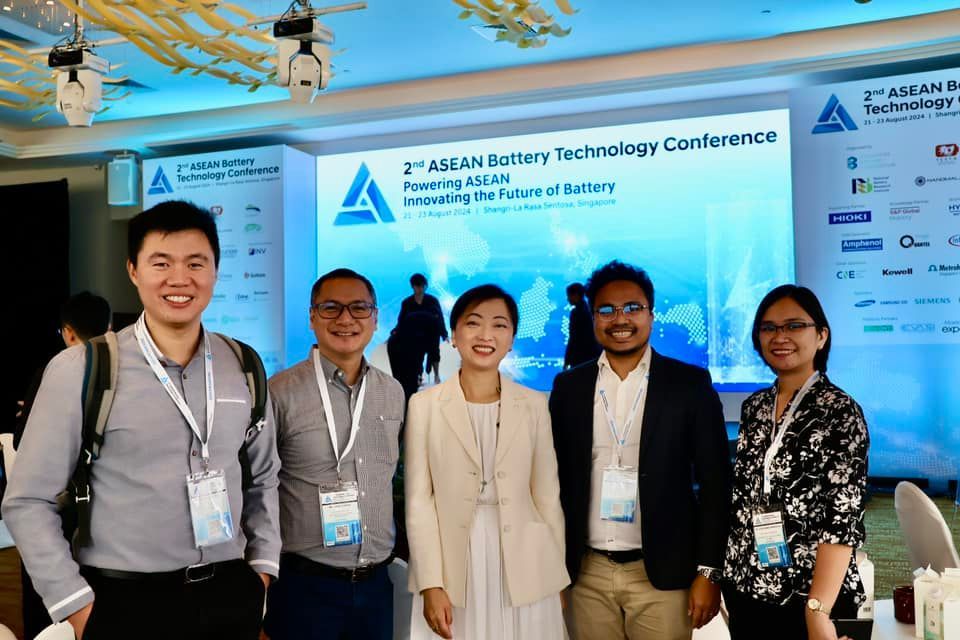Dr. Qiang Huang Delivers Talk on Nanomaterials for Device Applications
Last 20 August 2015, Dr. Qiang Huang of the IBM TJ Watson Research Center presented a lecture entitled Electrodeposition of Materials for Device Applications.
Moore’s Law predicts the doubling of number of transistors present in integrated circuits every two years. As this happens, critical dimensions of interconnect structures present in microprocessors start to fall well below 50 nm, thus presenting challenges resulting from older copper electrodeposition-based 90 nm-fabrication technology.
In the first part of the talk, Dr. Huang showcased recent process developments to identify best-performing additives based on their electrochemical behavior. Factors that are studied include plating chemistry, geometry, and impurities present in Cu.
The second part of the talk focused on electrodeposition applications on solar energy collection, particularly on the metallization of solar cells and development of chalcopyrite thin-film solar cells.
Dr. Huang obtained his B.E. in Chemical Engineering at Zhejiang University in 1997 and Ph.D. in Chemical Engineering at Chemical Engineering at Louisiana State University in 2004. He is currently a research staff member and project manager at the IBM TJ Watson Research Center in Yorktown Heights, New York where he has worked on projects related to copper plating, solar cell production, and other electronic devices.







